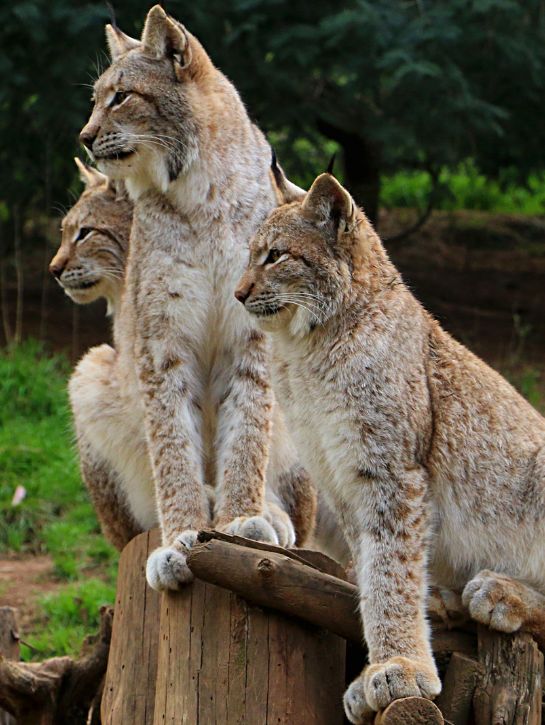
Jan 16, 2024
Insurance for Animal Transportation and RelocationWhen a fire, storm or other catastrophe strikes, humans aren’t the only ones to be impacted. Animals need help during and following disasters, and emergency preparedness for animal shelters, rescues and other animal welfare organizations can ensure that help is available.
Natural disasters can be devastating for wild animals, livestock and pets.
Wild animals may be forced to flee due to fire, smoke, flooding or other dangerous events, and some may be injured or orphaned in the process. For example, according to the Redding Record Searchlight, wildlife experts and other individuals rescued multiple animals during the 2021 Northern California wildfires, including three bear cubs, a bobcat and a pig. Some of these animals needed medical attention for injuries. Thankfully, animal refuges took them in, and volunteers provided care.
Pets and livestock are also put in danger. These animals may become trapped, or they may panic and escape, becoming lost in the process. The News-Press says many pets became displaced when Hurricane Ian made landfall in 2022. Shelters took in many stray pets that went missing during the storm, while pet owners searched for their lost pets. Other people had to surrender their pets to shelters because their homes were severely damaged and they couldn’t keep their pets anymore.
When a natural disaster strikes, animals welfare organizations may be inundated with a sudden surge in animals that need care and shelter. When multiple disasters occur at once – for example, when hurricane and wildfire seasons overlap – overcrowding can become a real problem. According to NewsChannel5, this occurred in 2021 when a series of natural disasters struck across the country, leaving many shelters full.
To prepare for disaster-related overcrowding, shelters should consider the following:
Animal welfare organizations often deal with the impact of disasters in the surrounding areas, but they can also be impacted more directly. If a fire, storm, flood or other catastrophe threatens the facility directly, the animals could be in immediate danger. In one example, 6ABC Action News says 81 animals had to be evacuated from the a shelter after a burst pipe flooded the facility, likely the result of freezing temperatures.
Animal welfare organizations should take proactive steps to reduce their risks and increase their readiness.
FEMA has numerous resources to help organizations tackle their emergency response plan, which should include a risk assessment, training, and the development of emergency procedures. Use FEMA’s resources as you create your facility’s emergency response plan.
A strong insurance package is also an important part of emergency preparedness for animal shelters and other welfare organizations. Tangram’s animal welfare program provides insurance coverage designed for animal shelters, rescues and other organizations, including insurance for animal relocation and commercial property insurance. Learn more.